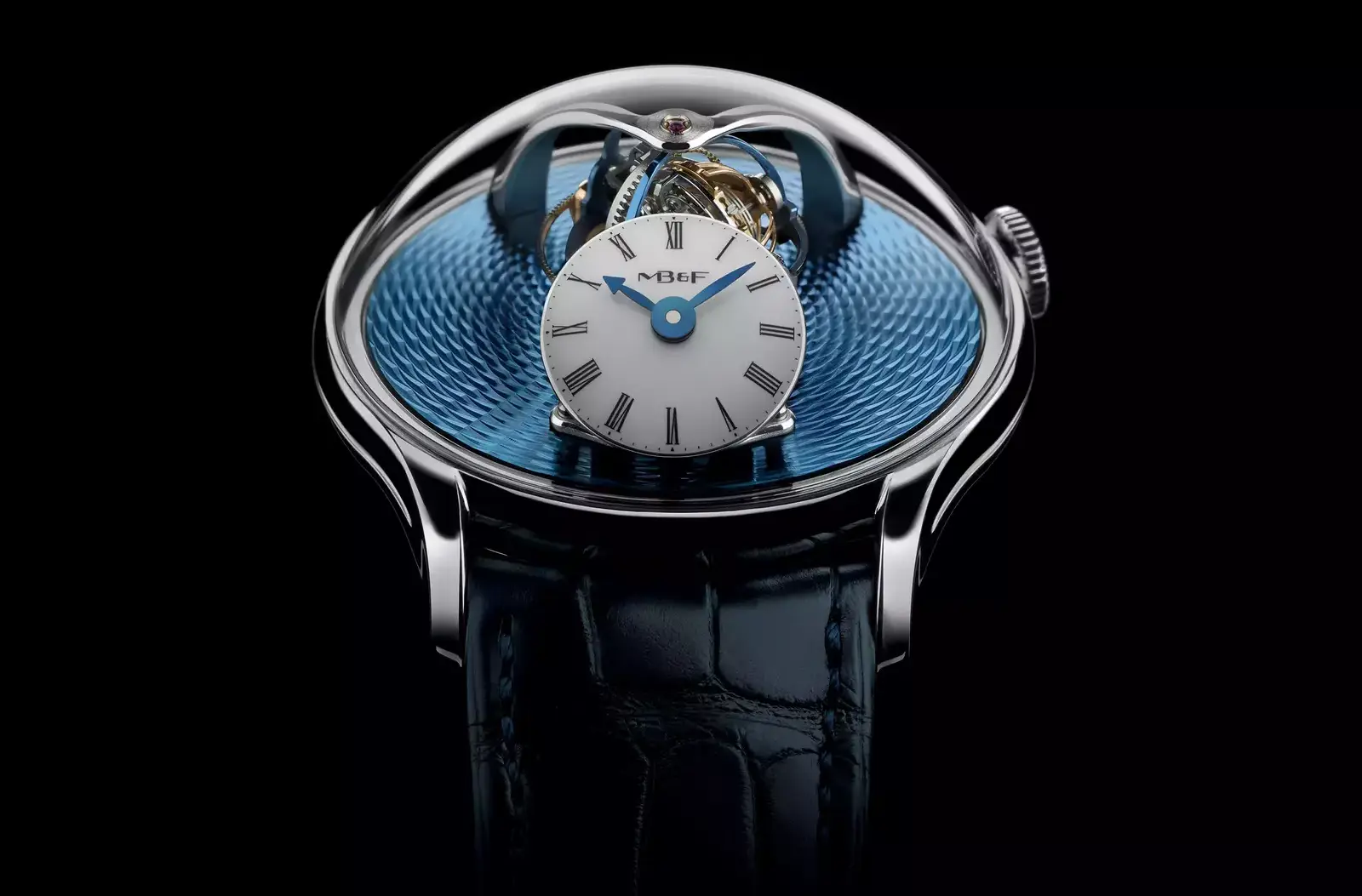
Why independent watch brands are shaking up the industry
Before Independent houses, there was a time when the watch world revolved around a handful of old-money names: Patek, Rolex, AP, Vacheron. Their history was gospel, their designs sacred, and their hold on the industry untouchable. And for decades, that was fine. They built masterpieces, wrote the rules, and collectors happily played along.
Then something happened.
A new wave of watchmakers started to emerge. Not big conglomerates or old houses reborn. Individuals. Artists. Engineers. Rebels. People with zero brand heritage and nothing to lose. And they did the unthinkable: they built watches so good, so bizarre, and so different—collectors left the old guard for them.
Today, independent watch brands aren’t just fringe players. They’re shaping the future. They’re influencing design at the top, commanding six-figure resale premiums, and, more importantly, capturing the imagination of people who thought they’d seen it all.
Here’s why.
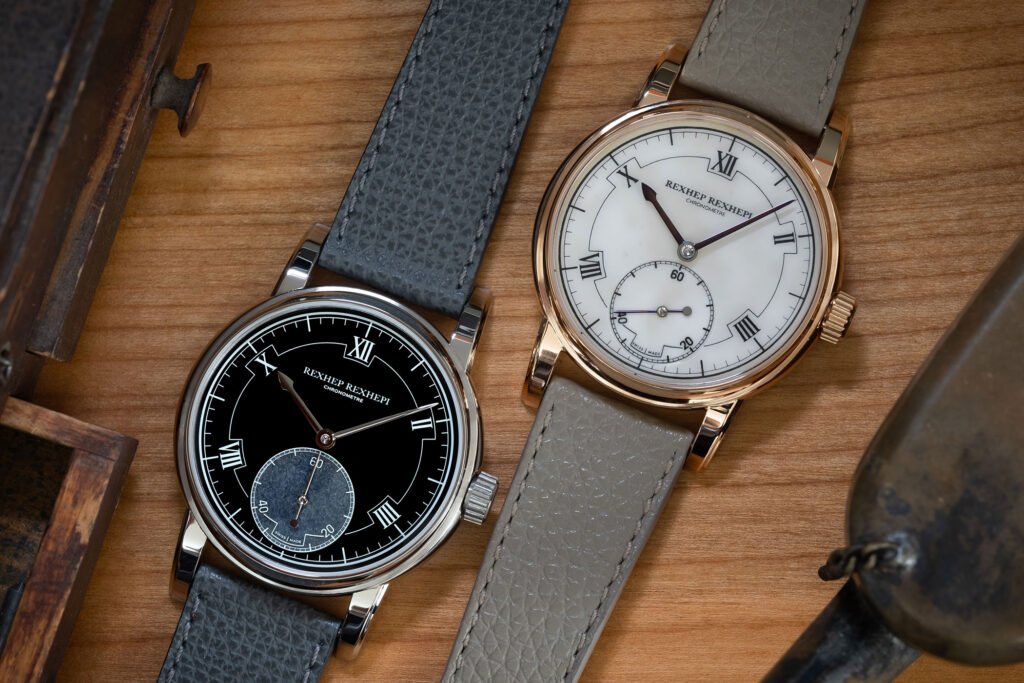
Indies aren’t bound by tradition—they answer to no one
Big brands have legacy. That’s their superpower and their leash. They can’t break too far from the mold without upsetting shareholders, heritage departments, or a legion of traditionalists. You can’t just throw a flying tourbillon into a Nautilus. That’s not how it works.
But independents? They don’t care. In fact, the more rules they break, the better. Brands like MB&F, De Bethune, and Urwerk exist in their own orbits. They’re not riffing on the past—they’re inventing new futures.
MB&F doesn’t make watches. They make “horological machines.” Floating lugs, alien cases, movements that look like sci-fi props. And yet, somehow, they still tell time.
De Bethune redefined what a moonphase should look like. They’ve built heat-blued titanium cases, balance wheels shaped like bat wings, and chronometry so good it humbles brands 100x their size.
Urwerk? They don’t even have traditional hands. They use satellites, spinning cubes, and rotating discs. It’s like Blade Runner meets Geneva.
And collectors love this. Because after your fifth Royal Oak or your third Daytona, you want something that reminds you watches can still surprise you. At Lugano Watches Dubai, these indie pieces aren’t backups or niche curios. They’re front-row. Vault-worthy. Proof that the wildest ideas in watchmaking don’t need boardroom approval.
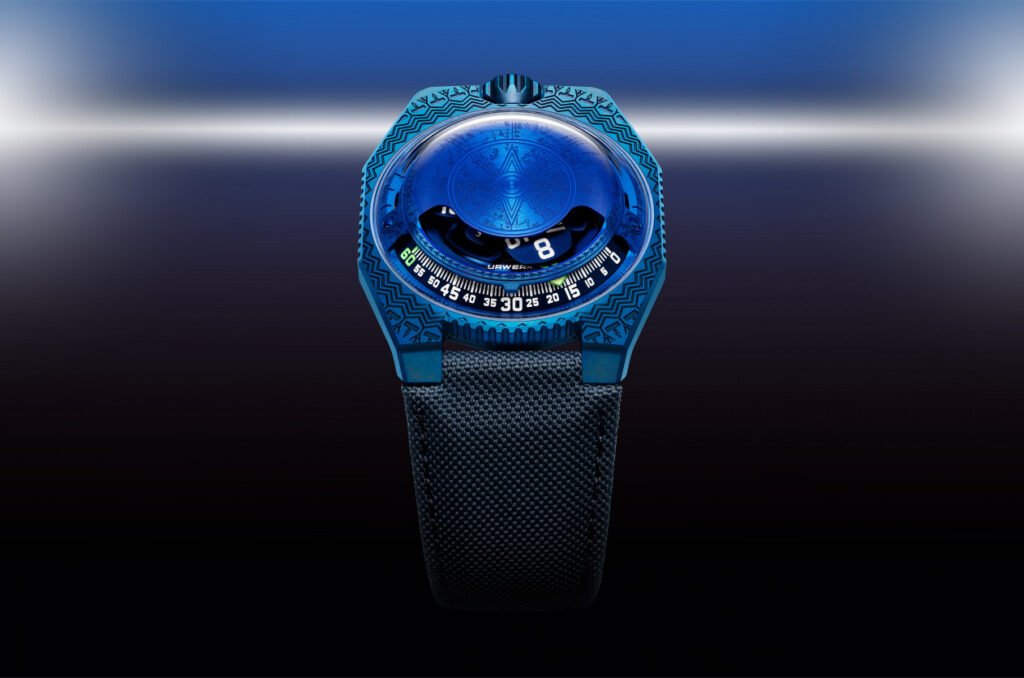
The craftsmanship is obsessive—and it shows
When you buy an independent watch, you’re often buying something that was literally hand-finished by the person who designed it. Not a team. Not a brand. A human. That changes everything.
Think about a Grönefeld. The bridges are hand-beveled to mirror perfection. The movement layout is clean enough to hang in a gallery. Every single component looks like it mattered to someone.
Or Kari Voutilainen. His dials are guilloché masterpieces, his hands are hand-polished, and his movements are like open letters to anyone who loves traditional Swiss finishing. You don’t just buy a Voutilainen. You join it.
Even newer names like Rexhep Rexhepi and Kudoke are pushing finishing and layout in wild directions. They’re not just good. They’re fanatical.
And the best part? These watches are limited by intention, not marketing. Production runs are tiny. Output is measured in dozens, not thousands. And that gives every piece a pulse.
When someone straps on an indie piece, it doesn’t scream. It hums. Quietly, confidently. Like the owner knows they’re wearing something rare and right.
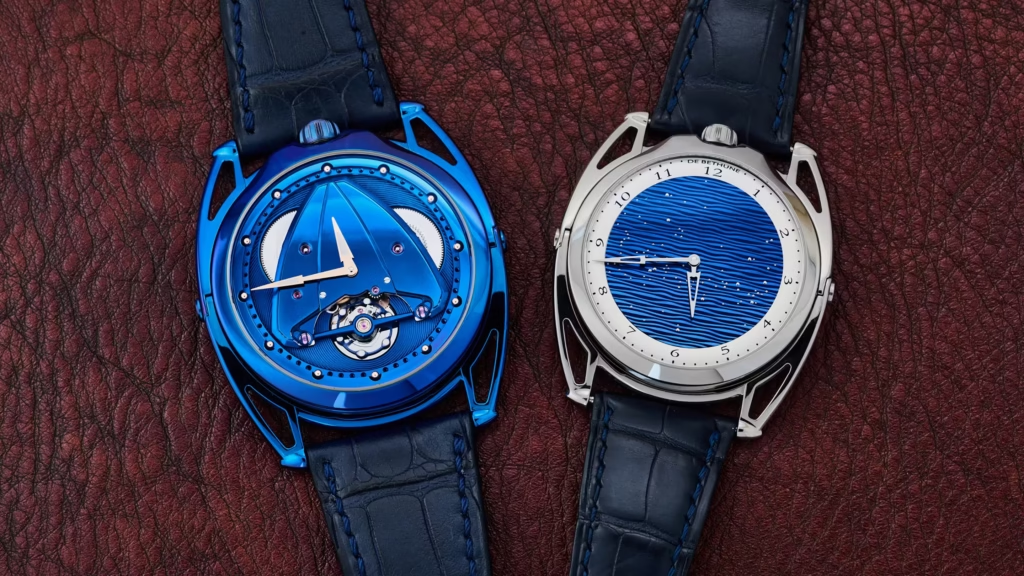
Indies connect people to the soul of watchmaking
This is the big one. The emotional punch.
With independents, you’re not just buying a product. You’re buying into something. A philosophy. A story. A person. It’s like buying a painting from the artist instead of a print from the gallery.
You follow the maker on Instagram. You see their bench. You hear them talk about beveling like it’s a spiritual discipline. You see prototypes, failures, and breakthroughs in real time. That transparency builds a connection the big brands just can’t replicate.
It reminds you why you started collecting in the first place. Not for hype. Not for lists. But because there’s something deeply satisfying about owning an object made with obsessive care by someone who lives for this.
In places like Lugano Watches Dubai, where clients already own the icons, independents are where the real conversations happen. Because once you’ve seen a De Bethune DB28 under sunlight or handled a Voutilainen with frosted bridges and a flame-blued escapement, it’s hard to go back to safe bets.
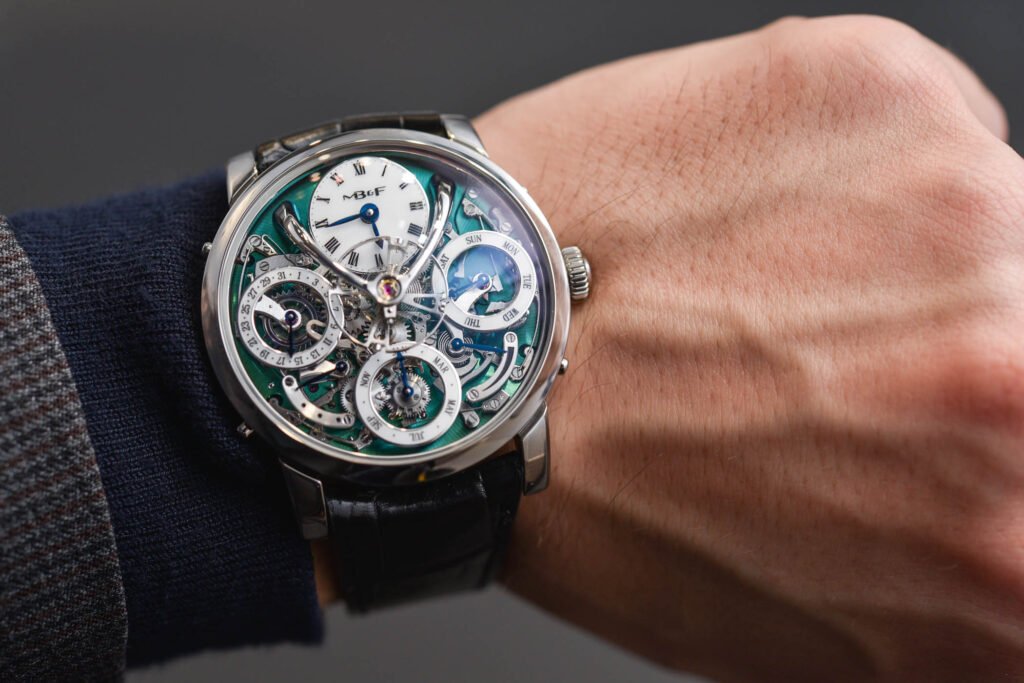
Final thoughts: when watchmaking matters again
Independent watchmaking isn’t just a trend. It’s a renaissance. A reminder that this industry is still powered by creativity, not just calendars and catalogues.
We need the big houses. They keep the lights on. But we remember the independents. We remember the first time we saw a movement with hand-engraved bridges, or a case shape that looked like it landed from the future.
And as collectors, we’re better for it. Because every indie piece that breaks the mold pushes the whole industry forward.
So if you’ve been living in the land of the safe and the sacred, step off the beaten path. Ask to see the indie vault. Try on something with no logo on the dial.
And let yourself be surprised. Because when it comes to watches, wonder isn’t dead. It’s just been hiding in plain sight—on the wrists of those brave enough to wear it.
